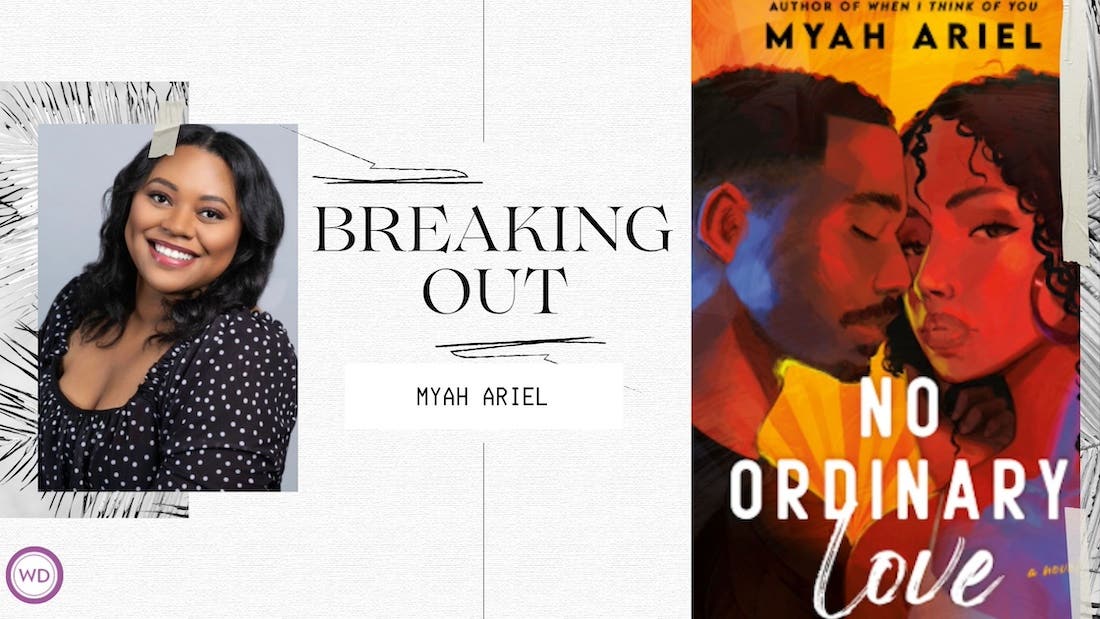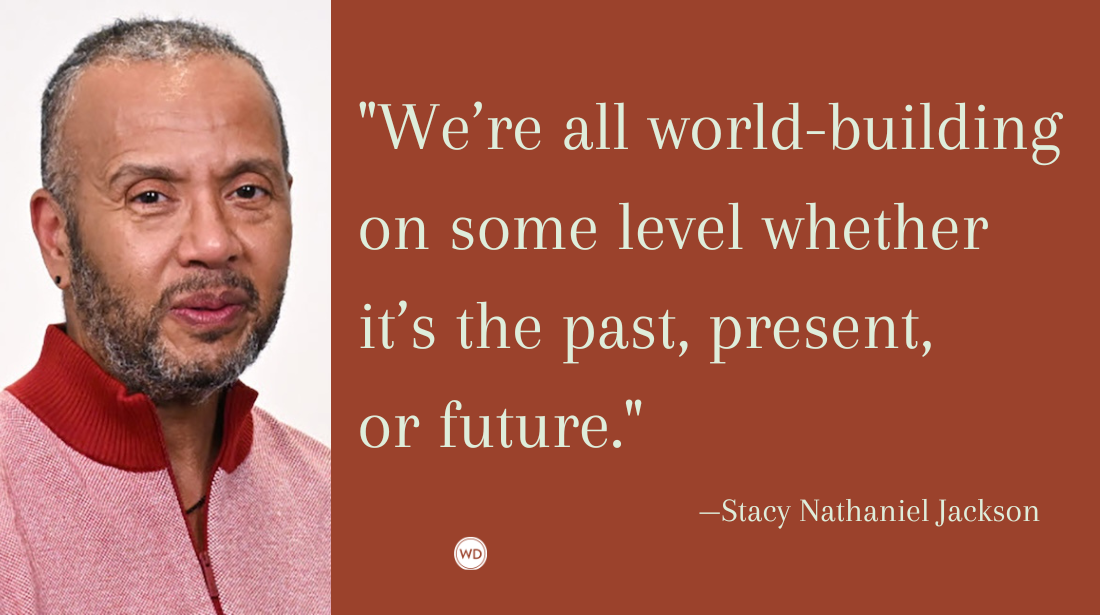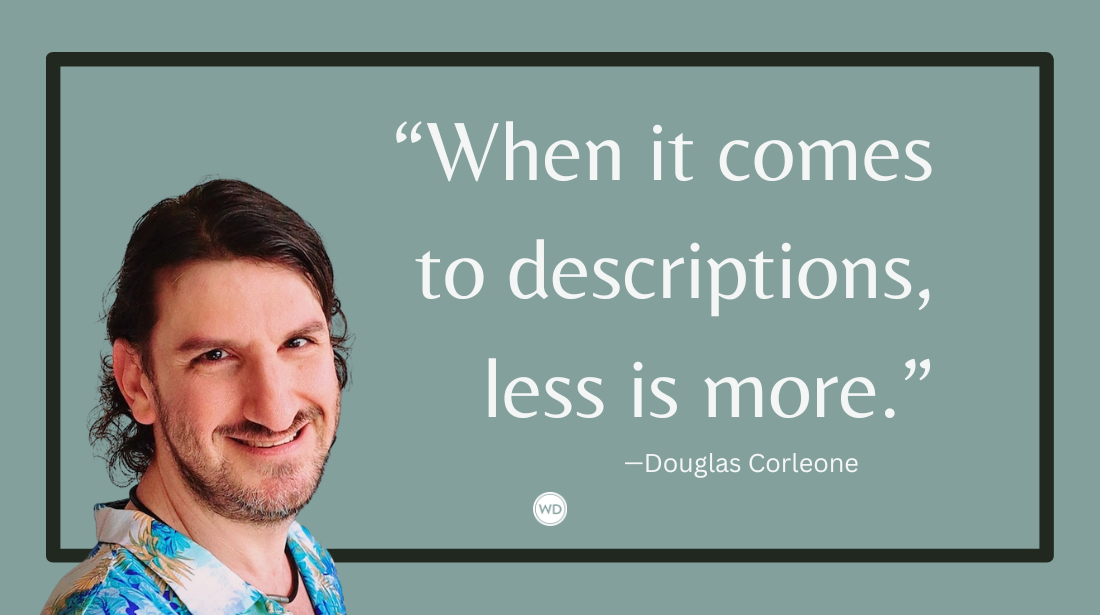5 Tips for Breathing Life Into Fictionalized “Real-Life” Characters
Has a historical figure, a political candidate, or someone else captured your writerly fascination? Novelist EJ Levy shares her tips for how to bring that person to life on the page.
My debut novel The Cape Doctor began with a voice in my head, commenting on the sites I toured in Cape Town, while accompanying my partner to a conference there. I had read in a guidebook on the flight over about Dr. James Miranda Barry, a 19th-century army doctor who’d lived in Cape Town 200 years earlier, a brilliant, irascible, dandy, who improved medicine for the marginalized, performed the first successful caesarian in Africa, was accused of an affair with the married governor of Cape Town, only to have been found after death to have been “a perfect female” who had carried a child.
I was captivated by Dr. Barry from the start, under his spell.
This had never happened to me before with fiction: having a character “speak” to me. At first, I took notes—questions mostly: What did Barry think of X or Y? Was Barry housed at Z? Did the doctor collect botanical samples to extract medicines? What did he make of the prison conditions, of the magnificent coast, of the springbok and penguins, so different from the Irish town of Cork, where he was born (we now know) as Margaret Anne Bulkley around 1795?
Two questions in particular haunted me: Having been born Margaret, the eldest daughter of green grocers in Cork, Ireland, how did the doctor feel about living as a man in order to enter medical school in 1809? I speculated, as one does, about what Margaret felt and thought, taking on a son’s name in order to earn an education denied girls and women at the time. What became of the child that Barry had carried? I speculated about a pregnancy and about his intimate friendship with the aristocratic governor of the Cape colony in the 1810s and 1820s.
For the first few pages, I simply listened to the voice, as if taking dictation. The first line came first and immediately, “She died, so I might live.” I read a biography of Dr. Barry by Rachel Holmes, which confirmed many of my speculations—and gave me fodder to write more. Specific places, specific dates and names fed my imagination. I let myself imagine a full-blown scene from a single line; I let myself introduce characters—like the philosopher Jeremy Bentham—based on nothing more than the fact that he was named among the friends of my protagonist’s mentor.
In short, I let myself follow my imaginings, informed but not constricted by the facts.
To write the first three chapters, the challenge was to listen both to the story my character seemed to want to tell and to do the work necessary to make it credible and to enter fully into life as it was lived. All my coordinates are late twentieth-century ones—I take for granted evolution, electricity, germ theory, and psychoanalysis—none of which existed when Dr. Barry was in Cape Town.
IndieBound | Bookshop | Amazon
[WD uses affiliate links.]
I realized after drafting the first 100 pages that in spite of earning my undergraduate degree in history, I was woefully ignorant of the period about which I was writing: the coordinates that would have been first nature to my protagonist—foods, scents, history, politics, above all medical practice—were largely unknown to me.
When Hilary Mantel wrote her Booker-award winning trilogy on Thomas Cromwell, she reportedly immersed herself in research for years before she began to write. But for me, unlike Hilary Mantel, the research came later, after the writing was well underway. For me, that was necessary to put character first in order to avoid being paralyzed by fear of my own ignorance of early nineteenth-century medicine, Georgian history and politics, social customs, music, and social norms.
I don’t know if that means that I put the cart before the horse or the horse in front of the cart; I only know that for me that was how I got my debut novel, a work of historical fiction set 200 years ago, written.
So, if you’re embarking on your own work of historical fiction, I’d offer these five tips.
5 Tips for Breathing Life Into Fictionalized "Real-Life" Characters
1. Write what you know.
The old adage “write what you know” can seem downright unhelpful when it comes to writing about a distant past, but writing from one’s own experience is an essential part of writing compelling historical fiction. Character is crucial—the engine of drama—whether that character is living in Caesar’s Rome or Chicago in 2021.
When I was trying to write about what it was like for Margaret Bulkley to become James Barry in 1809, I thought back to my own experience in New York City in the 1990s, and in Ohio at the turn of the millennium, when (for reasons I didn’t understand then) I was often taken for a man. In part, this was about my clothes: I wore what was then the standard New York writers’ attire: a suitcoat, jeans, a t-shirt, boots, and I had short hair. But I was startled repeatedly to have clerks in stores and in airports refer to me as “sir.” They almost always apologized, but I wasn’t offended; I was interested. What made them think I was a guy? Clothes and short hair were not sufficient, I was sure; it was something else that they had seen in me. I brought both my curiosity and that experience to the writing of Margaret and James.
I wrote from what I knew. Similarly, I drew on ostentatious dinner parties in Washington, DC (which I knew from my time there in the aughts) to portray the subtle catty conflicts in Barry’s world. One of the reasons to read history is to understand how consistent our human characters are, as the second-century Roman playwright Terence said, I am human, so nothing human is foreign to me.
2. Research what you don’t know and annotate.
Having studied history in college as an undergraduate, I was conscious of the importance of honoring the facts. It was more than a desire to build a world convincingly, I wanted to tell the truth—if I could—of how people lived 200 years ago to help understand and illuminate how we live now. How we got here.
But a concern to be accurate can be an obstacle to writing. My anxiety stopped my writing for a time. To free myself of daunting doubt, I found it helpful to annotate: for example, in early 2012, I read about the development of the stethoscope, so I let myself write a scene in which that instrument was used. Later, when I read in a biography about Barry’s friendship with a boy in school, I noted down the fact and set myself the task of writing a sketch of that friend, a visit home, a classroom in which they sat side by side, as I’d once done with my school chums.
I let myself extrapolate: From a single line in an actual letter, I might write a dialogue between characters in a bustling street. Or I might draw phrases from the preface to a nineteenth-century medical textbook to construct a medical-school lecture. When I read about the wonderful library that Margaret’s mentor had in London, I wrote a scene in a library. When I learned that the bibliophilic mentor had a penchant for keeping public hairs from his lovers as a token, I placed one in a book and had my character find it.
In short, I found it helpful to take a single fact and build from it a passage or a scene or a dialogue, so that I let my imagination might build on facts rather than feeling myself constrained by them.
3. Archives are an inspiration.
I kept a running list of questions as I wrote: What inspired Margaret to pursue an education in medicine? What killed Lord Somerset? What protocols enabled Dr. Barry to successfully perform the first Caesarian section in Africa, saving both mother and child? What did Barry read? What music did he like?
When I sought answers to my questions, I was often startled by what I found. I often visited archives and libraries seeking a particular text or answer. But one of the best reasons to visit an archive is to find what you don’t know you’re looking for or need.
I went to the Mutter in Philadelphia, for example, to see what sort of medical texts Dr. Barry might have read and to hold a surgical kit like his. But I also read letters from surgeons in the British colonies treating cholera epidemics, and a gynecological manual that changed my understanding of my characters. When I requested Smellies’ anatomical atlas, which I imagined Barry would have seen as a student, the sketches of maternal bodies and infants in utero were stunning, marvelous, sublime, and became for me a window into character. I imagined how such images might have looked to Margaret (prior to becoming James): it became a chance to put on her eyes, to imagine what she saw.
When I asked to hold a Laundy’s surgical kit, of the kind James Barry would have used, its heft in my hand let me feel briefly what it might have been to be the young Barry newly in London.
You don’t know what you’ll find—or how it will shape your imagining—so trust in the serendipity of archives and research to help you find what you don’t know you’re looking for.
4. Be ready to read a book for a single line.
Be prepared to read a lot to write a little. I read an entire biography of Simon de Bolivar just to characterize him in a single line. I read a book about one of Barry’s surgical mentors from which a single image comes—that of rats plucking at fat in a dissection room. I read a biography of Lord Charles Somerset to get a single fact about the governor’s ancestry.
When I wrote my novel, I did not have access to the most detailed biography about Dr. James Miranda Barry (the excellent Dr. James Barry: A Woman Ahead of Her Time, published in 2016, after my book was drafted) in which Barry’s mother was found to have survived many decades after her son left for medical school. The early loss of Barry’s mother is a crucial moment in my novel, part of what ambition costs my character. So, when I learned that Barry’s mother had lived long after my fictional depiction has her die, I didn’t change it.
So honor facts, but honor your imagination and the demands of your story as well.
5. Write into the silence; courageously invent.
One of the most difficult things about writing from fact—whether historical fiction or creative nonfiction—is to be true to the actual without being unduly constrained. I am not a biographer and do not bring to bear the skills or rigor of that discipline. What I do have is intuition and imagination and a love of character and language. So where the trail of historical fact ends—and there are many gaps in the historical record regarding Margaret Bulkley and James Barry—I invent, as any fiction writer should.
For example, on his deathbed, my protagonist—who had been a dandy, a duelist, a scandal, a surgeon of such renown that Napoleon himself called for him as he lay dying—was discovered after death in 1865 to have been “a perfect female;” we now know that James Barry began life as Margaret Anne Bulkley. Moreover the woman who examined the doctor’s body found evidence that Dr. Barry had carried a pregnancy. Whose child was it? We cannot know. But we do know that Dr. Barry was accused of scandalous affair with the aristocratic governor of Cape Town in the 1824 when Barry would have been about 29 and we know that six years earlier Barry had left Cape Town for Mauritius in 1818 or 1819. So we can imagine from those facts certain possibilities, including that Dr. Barry left to have a child on Mauritius, at roughly the same time that the Governor of Cape Town left to find a wife in England.
Historians work from fact and aim to avoid speculation (though of course what they see in the facts is always in informed by their own time) One of the great pleasures of historical fiction is the opportunity it provides both reader and writer to imagine into the gaps, to make history’s silences speak.
EJ Levy is an award-winning writer, whose work has appeared in The Paris Review, The New York Times, Best American Essays, and elsewhere; her debut novel, The Cape Doctor (Little Brown), is forthcoming on June 15, 2021.






